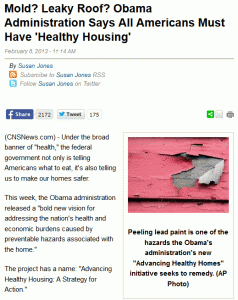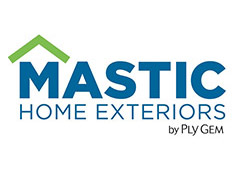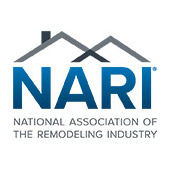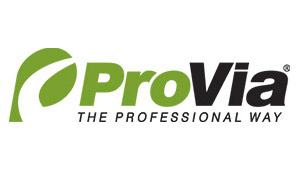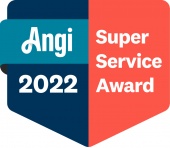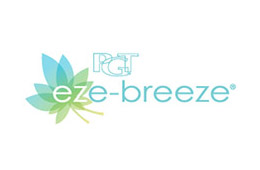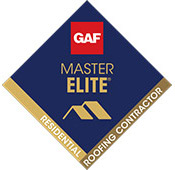In February last year, the Department of Housing and Urban Development (HUD) rolled out its strategic initiative for making American homes a lot safer. Dubbed as “Advancing Healthy Homes: A Strategy for Action,” the HUD outlines five goals to be achieved within the next few years. Some of these include adopting recommendations and educating the public.
The fact that the average American spends 70 percent of his day inside the house highlights the need for healthy housing even more. On a macroeconomic scale, safety hazards at home such as mold can cost the U.S. economy millions, primarily in insurance coverage. This goes to over 30 million housing units in the country with at least one type of safety hazard.
Apparently, leaks in Delaware roofing systems are one. It’s the kind of hazard nearly everyone is familiar with.
Part of the overall description for a “healthy home” described in the strategy are the keywords “dry” and “well-ventilated.” These characteristics speak of adequate roofing as much as the rest of the traits. Simply speaking, dampness provides the ideal conditions for mold to thrive. A leaky part of the roof in the right place—shingle or flashing—can be troublesome.
Missing shingles are among the most common scenarios springing roof leaks. If you can find a shingle that has seen better days, a switch-out is in order. Replace the old shingle with a fresh one (roofers may suggest stocking up on a few bundles for replacement purposes). If you can’t find anything wrong in the roof, better let a Wilmington DE roofing contractor check it out.
The HUD strategy will call for a collaboration of various government agencies to research on novel ways to make the future American home safer. However, the homeowner has a role to play in all this. It can be as simple as dealing with roofing problems with his own hands or calling contractors like Homecraft® Inc. to help out.
(Article image and excerpt from “Who creates jobs? How economists see the Obama-Romney debate,” August 2, 2012)

